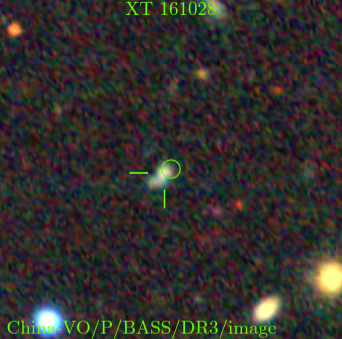SN Shock Breakouts in the XMM Archive - Notes on Alp & Larsson 2020
Screening of Supernova Shock Breakout Candidates: XMM-Newton Archive
The paper “Blasts from the Past: Supernova Shock Breakouts among X-Ray Transients in the XMM-Newton Archive” by Alp & Larsson 2020 was brought to my attention in preparation for my new job. The details of the shock breakout are not the main focus, but rather the type of archival, screening or large dataset work that was used to identify potential shock breakout candidates. Therefore, the following notes are very selective on what I think is important to me, rather than a comprehensive summary of the paper.
What are shock breakouts? And why do we want to know about them?
A shock breakout is the first electromagnetic emission from a supernova. As the shock from the supernova passes through the surface of the progenitor star, it emits X-rays. In the light curve this looks like a peak before the main supernova event (see here for an image of what this might look like, although a quick google image search will show you how heterogeneous it can be in reality). If we can study them, we can learn about the progenitor as well as the explosion properties of the supernova. The problem is that only one has been observed to date (Alp & Larsson 2020), and they are difficult to detect because they are minute- to hour-long extragalactic X-ray transients that occur only once - at the very end of a star’s life. There are three different types of progenitors that are commonly distinguished: red supergiants, blue supergiants and Wolf-Rayet stars, and each has a slightly different signature in terms of energy, timescale and temperature that allows them to be distinguished.
What did Alp & Larsson do to find more such events?
In their paper, Alp & Larsson searched for shock breakouts in archival XMM-Newton data, looking specifically for X-ray transients on timescales shorter than about 10 kiloseconds (which is about 2.8 hours). Having identified candidates, they then investigated the nature of their progenitors. Essentially, the work is about narrowing down the sources. Of all the detected sources, known supernovae and gamma-ray bursts are eliminated. Also, all sources that are close to a star in Gaia or known galactic sources in SIMBAD are removed from the sample. Finally, extragalactic transients must be separated from galactic foreground sources and artefacts.
The decision to add a source to the list of possible supernova shock breakout observations is based on the light curve shape, duration, spectral shape, and the likelihood that the source is exctragalactic. The initial burst and a significant part of the decay must also be observed. This resulted in 12 candidates. In the paper they also identify the host galaxies of nine of these candidates. Most of the candidates are likely to be blue supergiants, a few could be Wolf-Rayet stars surrounded by dense circumstellar media, and two are most likely red supergiants.
In conclusion, this seems to be an exhaustive study, and large parts of it have been done manually rather than by some form of automated screening as I understand it. The paper is very detailed and very transparent about what was done.
